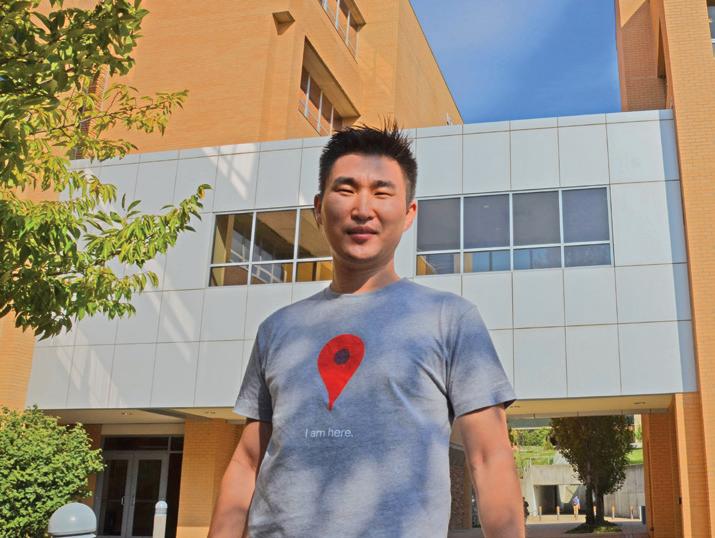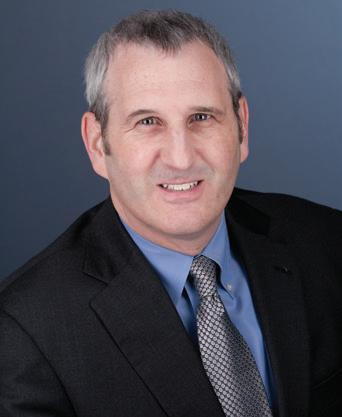RESEARCH NEWS
New Technology Could ‘Transform’ Hydraulic Fracturing, Make Unconventional Reservoirs Development More Efficient by Brendan Lynch
H
ydraulic fracturing, popularly known as “fracking,” has brought about a new era of energy abundance in the United States, slowing American dependence on foreign oil and creating domestic jobs. KU researchers earned a $3.5 million grant in 2019 from the Department of Energy’s Office of Fossil Energy in partnership with the Houston-based E&P company EOG Resources and in collaboration with the University of California-Los Angeles to develop a new Smart MicroChip Proppants technology that could make unconventional reservoir development by hydraulic fracturing more efficient for energy producers. When water is forced into shale rock to produce networks of cracks for extraction of oil and gas, those cracks are held open with sand or other materials, called “proppants.” Masoud Kalantari, KU assistant professor of chemical and petroleum engineering and director of the Computational Earth Science and Smart Analytics Lab, aims to develop “smart microchip proppants,” or sandgrain-sized microchips to be injected into unconventional reservoirs with traditional proppants to give well operators unprecedented precision in visualizing fracture networks in real-time. “The impact would be transformational,” Kalantari said. “During the past 10 years or so, since the shale boom started in the
United States, companies have drilled thousands of unconventional horizontal wells in unconventional reservoirs. Technically, when we frack, we’re pumping water mixed with sand called ‘proppants’ to keep those fractures open — but we don’t know exactly the geometry and extent of those fractures. This project offers an innovative and breakthrough technology for improved subsurface fracture characterization, visualization and diagnostics of unconventional reservoirs.” Kalantari said he envisioned a “closedloop fracture diagnostic and modeling architecture for enhancing fracture design and optimizing well spacing.” “The innovative element of this battery-less sensor technology includes real-time, cost-efficient, high-resolution and ‘direct’ fracture mapping with varying microchip sizes that match different proppants sizes — as small as 100 mesh size,” Kalantari said. Kalantari will perform work under the new DOE grant with co-principal investigator Shahin Negahban, KU associate professor of chemical and petroleum engineering. Kalantari developed the grant proposal in response to a DOE Advanced Technologies for Recovery of Unconventional Oil & Gas Resources funding announcement. He said it represents the largest grant to KU as a lead institution from the Office of Fossil Energy since 2010.
“This has a huge impact on KU’s reputation when we get such a big project,” he said. “It’s going to be a platform for us to go for the next funding opportunity, and we can ask for more for the next project. This is a game-changing project, elevating our prominence.” Additionally, the new grant will provide for jobs, research opportunities and training for doctoral students and researchers under Kalantari’s supervision. “This project is part experimental, modeling and also part field execution, so full-time Ph.D. students and researchers will, of course, get practical training and have the chance to work on a novel project that’s not only interest of Department of Energy, but is of interest to almost all major and midsized energy companies in the U.S.,” Kalantari said
Masoud Kalantari
KANSAS ENGINEER | 31





















